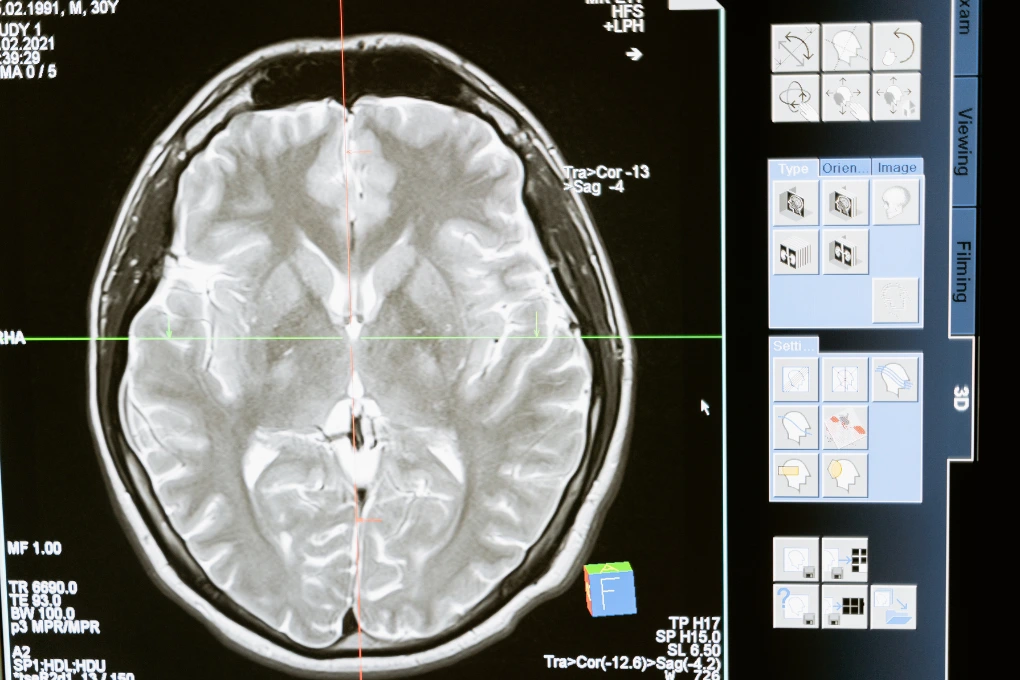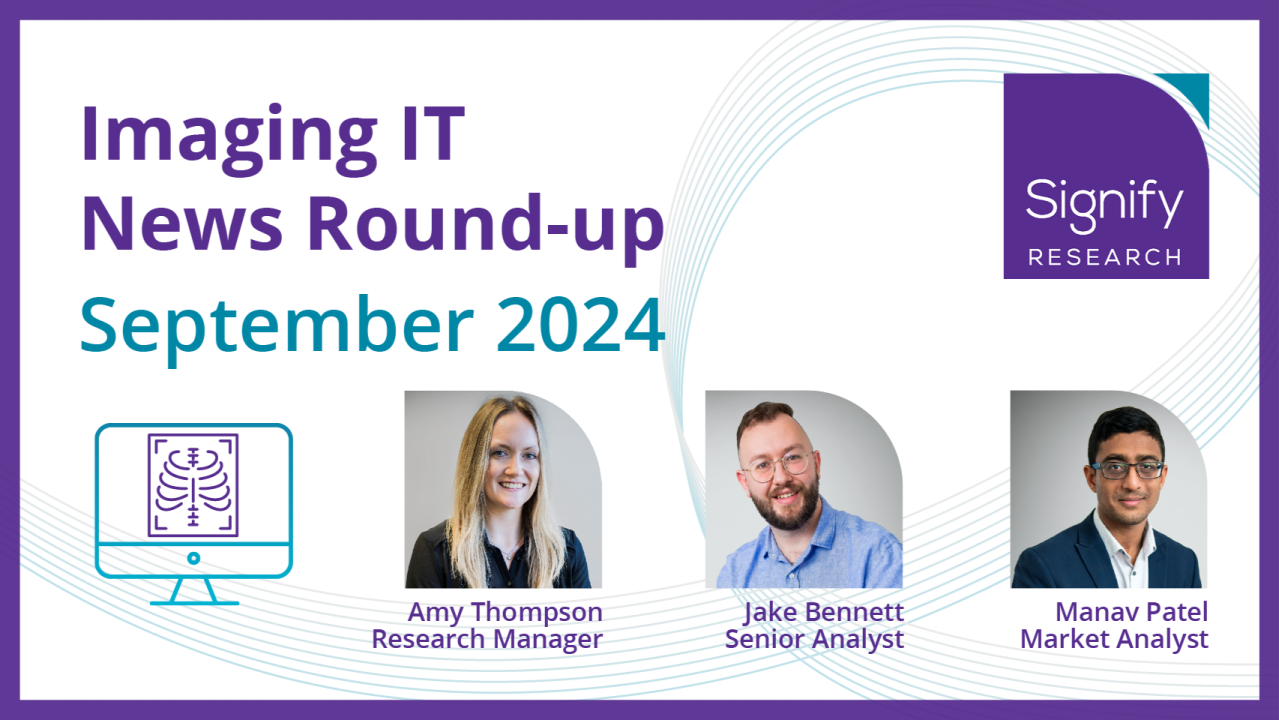How much time each day are you spending on things that take away from interpreting studies? Let’s dig into what is going on in your day and how data governance can solve some of your biggest daily frustrations.
 Getting Started
Getting Started
You are a neuroradiologist and arrive at your computer to log into the PACS. Once you get your worklist up, you begin working on the first study of the day, labeled as a CT Head. Quickly, you see there is also a Neck and now you must spend the first minute of the study rearranging the unexpected neck images. You manually drag images where you want to put them relative to everything else you are looking at. Your hanging protocol didn’t work – again.
This unexpected mistake by the technologist is annoying. Already, on the first study of the day, your workflow has been broken. But you can still create your report. This study will make its way downstream and eventually get to the billing department to submit for reimbursement. The study remains labeled as a CT Head and unless you point out to the QC tech to change it, or change it in the RIS yourself, it will go unbilled. The Billing Department doesn’t see the images to know there is an added Neck, they are reading what came through the system and will most likely fall prey to the technologist’s mistake.
Getting Started (Again)
Back to you. You have just completed rearranging the protocol and get interrupted by a phone call that takes 90 seconds. Once that is over, you refocus on the study and begin interpreting the images to create your report.
There is something you notice on the image that appears to be an anomaly in the upper neck and your hospital has an AI solution to help with diagnosing it, but there is no analysis present. You investigate the reason why by calling the PACS Administrator. Turns out it didn’t get sent to the AI application because it was only labelled as a CT Head. The PACS Admin logs in and routes the appropriate series to the AI application to get an analysis. This requires a 3-minute wait to get the results back and then you can continue reporting the study. You get a phone call halfway through and 45 seconds later you are off the call and wrap up your findings and complete your report.
You begin to dictate your findings and impressions but before you are complete a co-worker is waiting for you to ask a question about an image of an artery. You answer their question, correct any mistakes from the diction, and finally hit submit.
 Next Study Please (Or Not)
Next Study Please (Or Not)
The next study populates, and it is an Abdomen. As you are a neuroradiologist, you understand this got routed incorrectly. You get interrupted with a phone call. One minute later you call the PACS Admin to get it fixed and to the right place.
You continue to work through the 100 studies you will have queued for the day, hoping for minimum interruptions and for protocols to be displayed correctly. But, given that your hanging protocols are broken in more than 50% of cases and you get interrupted over 50% of your reporting time , your hopes for a smooth day are not likely.
Data Governance Can Make Life Less Frustrating
There are solutions that solve these challenges and data governance is the first step in moving forward. By standardizing data coming from the modality, you immediately save time on workflow issues. Studies are correctly routed, hanging protocols work, worklists are accurate, and you will feel better about your work with less frustration and become more efficient. Deploying a data governance solution solves the problem of interoperability and begins the process of creating a real-world evidence database.









